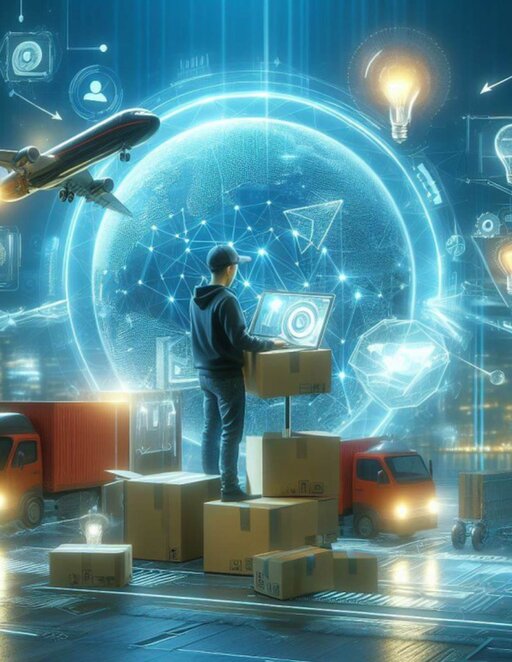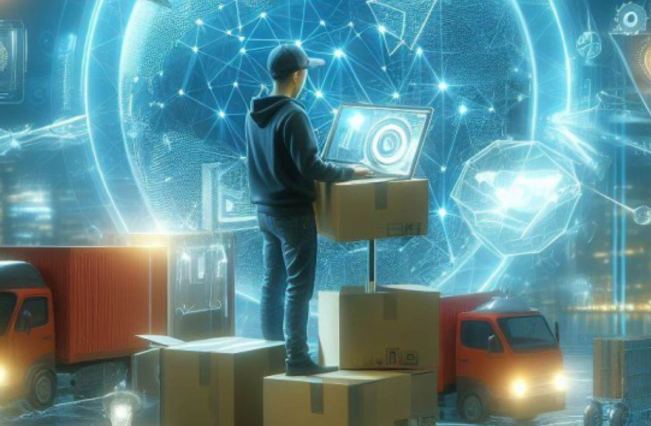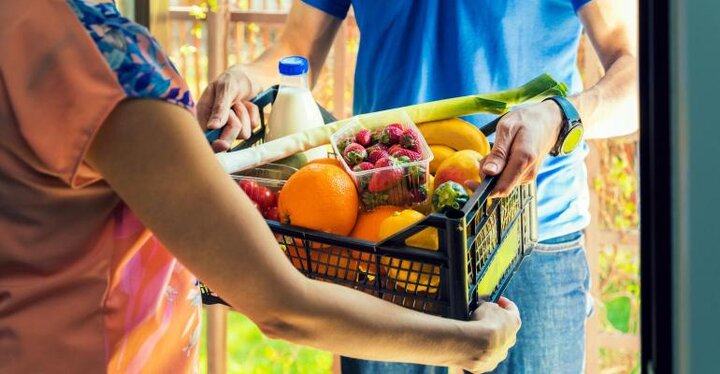

Achieving Sustainability in Grocery Delivery

It’s almost a universal consensus that online grocery shopping is easier and more convenient than going to the store. In fact, 72% of US shoppers think so. When your groceries show up, they normally have a lot of packaging and single-use plastic bags to protect your items during the trip. We know that this isn’t great for the environment, that they’re used for about 12 minutes before being thrown away. And over half of US consumers are concerned about the impact that single-use plastic packaging is having on the planet.
So how can your grocery delivery business become more sustainable? I have three ideas to share with you.
In the US, less than 10% of plastic bags are recycled, and they’re the item that most litters our beaches and waterways. Yet as mentioned above, plastic bags, styrofoam wrap, and single-use dividers are often used to make sure that groceries arrive intact. If they show up damaged, stores have to replace the items, causing food waste and a loss of profit.
Walmart’s InHome program looked for a solution to this problem. They decided to trial using durable, reusable bags to deliver groceries. These bags can be washed and sent back with your next grocery delivery to be reused. Their solution was a success, Walmart has eliminated single-use bags in 12 States, as well as in Mexico and Canada.
“Ugly” produce provider, Misfits Market, came up with a similar solution. But instead of tote bags, they use recyclable shipping boxes, Paperlite internal boxes, reusable cold packs, insulator liners, egg packs and recyclable Climacell insulation to ship products. All of these items can be washed and returned to Misfits Market when your next delivery arrives.
The uptick in online shopping is affecting our planet. By 2030, emissions from delivery vehicles could grow by 32% in the world’s largest cities. If your routes aren’t well planned, then your fuel consumption increases. Even if you’re using an electric vehicle, you don’t want to be idle sitting in traffic or have to recharge it earlier than planned. To be effective and eco-friendly you need to take into account that day’s deliveries and when traffic increases when planning your routes.
The best way to do that is to use software that has machine learning to plan and optimize your routes. This technology will take into consideration: type of vehicles, loads, delivery slots, driver availability, and traffic. It will spit out the best, most efficient route for all of your drivers in minutes.
Well-planned routes will reduce your carbon emissions, and save you money. Based on our customer data, we’ve found that Onfleet clients save on average 45% on fuel costs by using our route optimization engine, reducing their carbon footprint massively.
Well-planned delivery routes using machine learning can save up to 45% on fuel costs, significantly reducing carbon emissions.

1 - Reduce Packaging
2 - Planning Routes Effectively
Another hugely inefficient part of grocery deliveries is when your driver pulls up, knocks on the door, and nobody’s home. Maybe the client forgot, or your driver is early or late and the customer isn’t home. Whatever the reason, it's frustrating for all parties (and the planet!) Again, it wastes resources unnecessarily. Both the vehicle’s emissions were spent pointlessly and also the food may be wasted if it can’t be re-sold.
Luckily, there is a simple solution to this problem. Automatic customer notifications.
Use delivery management software to send a text to your customers with their delivery’s ETA, a map to track their driver and driver contact information. They will forget about the delivery again. They will be able to easily see where their groceries are and when they’re arriving. Then if there is a problem on either side, the customer can easily reach out to the driver using the contact information they received in the automatic message.
At Onfleet, we’ve found that clear communication improves on-time delivery rates, increasing them to over 98%. This can reduce your emissions with a single change.
Cutting down on plastic waste and carbon emissions isn’t easy. We’ve seen companies struggle to adapt to consumer expectations around being more environmentally friendly. For instance, Amazon began a program where shoppers could take their Amazon packaging to retail stores where they would be sent to recycling facilities. Environment America and U.S. Public Interest Research Group, recently found that the packaging wasn’t actually being recycled. This announcement led to renewed accusations of greenwashing.
But becoming more sustainable is an important step for grocery businesses across the country. By looking into alternative packaging options, improving your route planning, and communicating clearly with your customers you can have an impact.
3 - Communicate With Clients
Reducing Your Grocery Delivery’s Carbon Footprint




